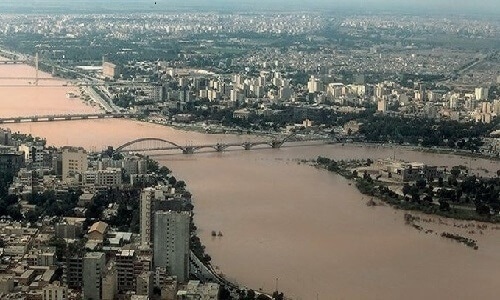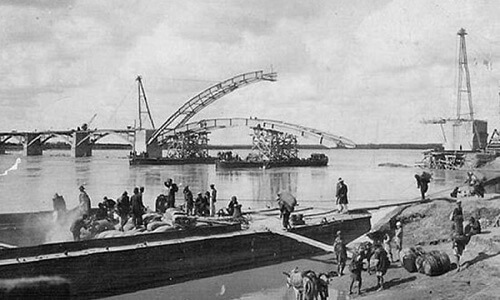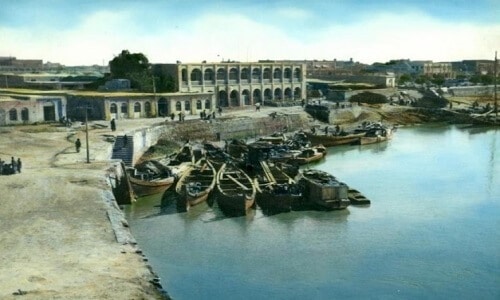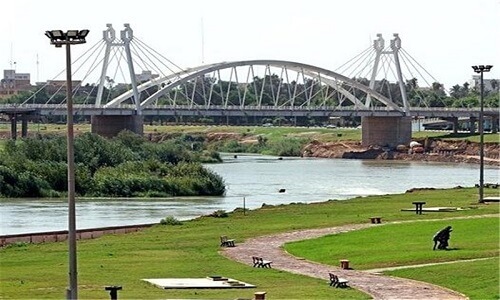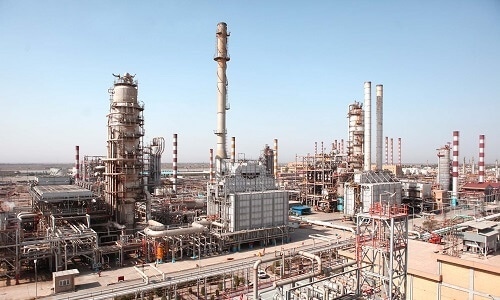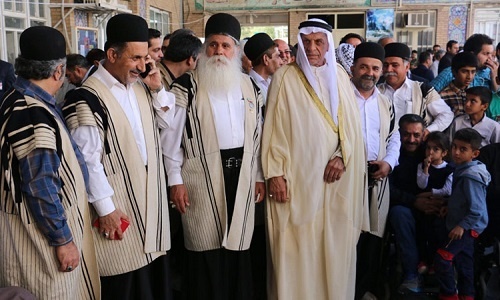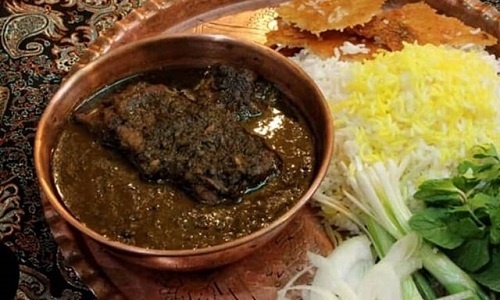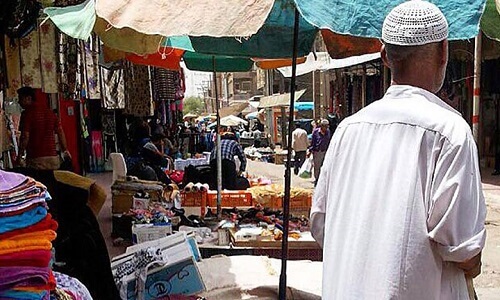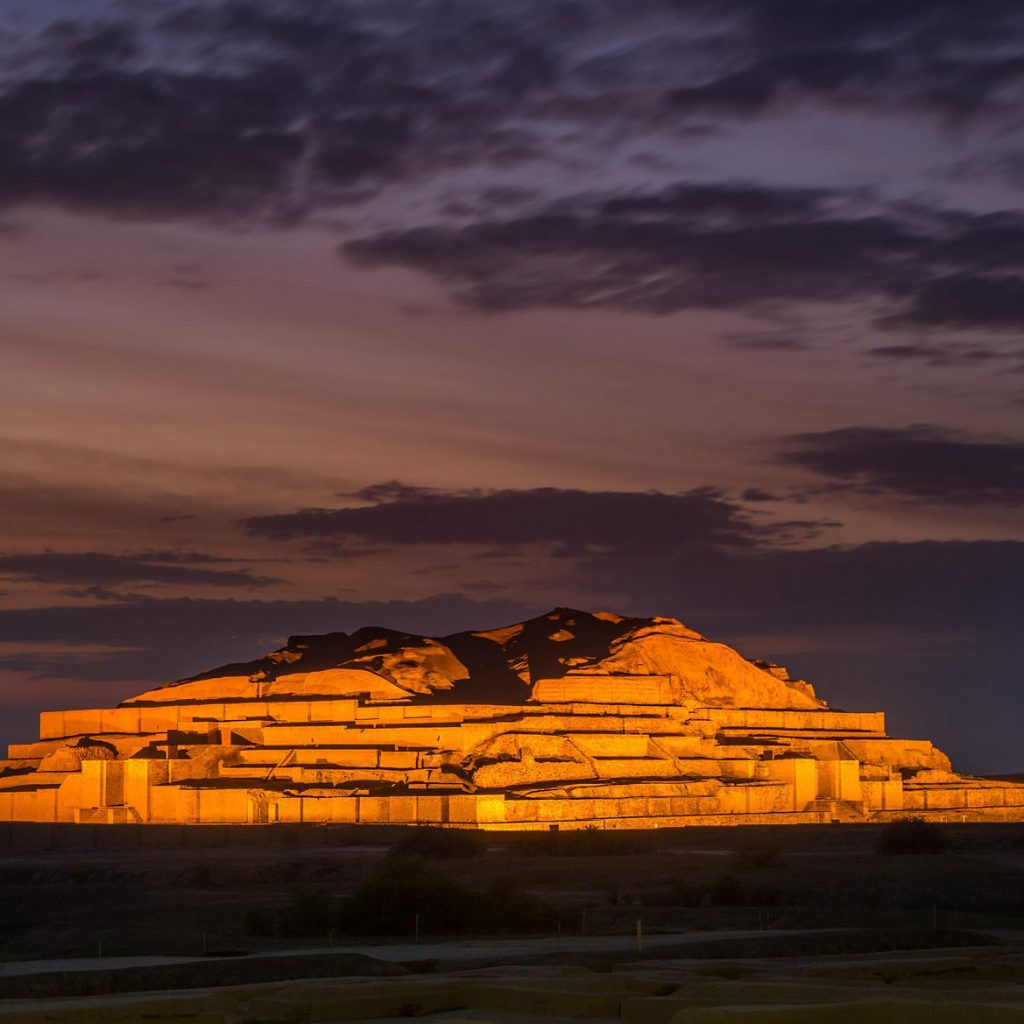Ahwaz is one of the tourist cities and the capital of Khuzestan province, which has a very high diversity of ethnicities. The city has different tribes of Arabs, Lors and Bakhtiari. The language of the people of Ahwaz is Persian, but due to the diversity of ethnicities, you will encounter different dialects such as Bakhtiari, Shoushtari, Abadani, as well as Arabic. Ahwaz is one of the lively and attractive cities, whose nights have a unique beauty. The city has several petrochemical and national drilling companies that are economically viable.
History of Ahwaz
Some ancient historians consider the history of the construction of Ahwaz to be related to the beginning of the Sassanid period and the actions of “Ardeshir Babakan”, the founder of this dynasty, and some have considered it to be one of the cities of the Elamite period that was only rebuilt by Ardeshir. Some recent historians have stated that the name of Ahwaz was in ancient times (Oxin), while according to some historians the Greek Uxi and Uxian became the Greek word (Ouj) and (Khoz) and the Oxis or Khozi. They lived in the land of Khuzestan and this city was called Tareiana during the Elamite period. During the history, the city of Ahwaz has had many names, so that (Agi niz) Greekized is the name of this city. Shahram, Yaram Shahr Hormozdshir, Huzmsir, Hermshir, Humshir, Hojestan Vajar, Akhvaz, Souk Al-Ahwaz, Khazaliyeh, Nasiriyah, etc. are the names that have been given to it.
Ahwaz flourished in 1869 (1248 AH) at the same time as the digging of the Suez Canal, which shortened the course of European maritime trade and drew attention to this region. Nasser al-Din Shah Qajar also used this opportunity to expand trade and shipping on the Karun River and built a port called “Bandar Naseri” next to the old Ahwaz by the governor of Khuzestan. Following the construction of this port, the name of Ahwaz became “Nasiriyah” until the ancient name “Ahwaz” was revived and replaced by Naseri in the Pahlavi period and as a result of Reza Shah’s policy of Qajar decontamination. As one of the ancient and civilized regions of Iran, Khuzestan has a rich history. Meanwhile, the city of Ahwaz has been one of the important economic, political and social axes of this province for a long time.
From ancient times to the fifth century AH, this city has been considered as one of the most prosperous areas politically and economically. The existence of the Karun River and the fertile lands that were irrigated by this river, as well as the place of conflict the opinions and thoughts of various sects and the residence of various tribes have been the characteristics of the comprehensive importance of this city. Although the city was destroyed for a while, it flourished in modern times for a variety of reasons.
Old Ahwaz was divided into two large neighborhoods by the Shahjard River (Shah Kurd). The western neighborhood between the Karoon river and the Shahjard river was known as the island, and the eastern neighborhood, which was built at the foot of the mountain and where most of the bazaars and the Grand Mosque were located, was known as Medina. The eastern neighborhood was destroyed during the conquests of the Muslim Arabs, but the western part remained somewhat intact. The Shahjard River was a large stream that divided the city into two parts, east-west. On this river was a bridge known as the Henduan Bridge, which connected the two parts of the city.
Ahwaz Geographical location & Climate
The city of Ahwaz is located in the province of Khuzestan in the plains. The height of this city is 18 meters above sea level and with an area of nearly 20,000 hectares, it is one of the largest cities in Khuzestan province as well as Iran. The Karun River in the city of Ahwaz, which originates from the Bakhtiari Mountains, divides the city into two parts. This city has different land and air connections with other parts of Iran and connects different ports.
The city of Ahwaz in Khuzestan province has a diverse climate due to its geographical location. In general, this province is classified into two plains and mountains. Ahwaz is one of the cities of four seasons, each season has its own beauty. Winter and spring are the best seasons in Ahwaz, which have a very pleasant climate.
Economy of Ahwaz
Khuzestan province is the richest province of Iran in the field of oil and gas resources, and currently Iran’s main income comes from the export of these two natural products. The most important oil field in Khuzestan today is the Ahwaz basin. Ahwaz is also the center of the oil and gas distribution industry in Khuzestan and Lorestan. Abadan Refinery and Bandar Imam Petrochemical and Mahshahr Petrochemical are among the oil-dependent industries in this province. Melting and steel mills, iron and steel products and piping are among the industries that have a sinificant impact on the economy of the region and the province. Among these collections, we can mention Khuzestan Pipe Manufacturing, National Iranian Steel Industrial Group, Khuzestan Steel Company, Noord, Kavian. Until recently, there was the possibility of commercial shipping on the Karun River to the port in the city of Ahwaz, and part of the commercial transit cargo was transported through this route. However, due to lack of consideration, this application is currently discontinued and commercial shipping is not practiced.
The abundant water of the Karun River, which is one of the most abundant rivers in Iran and the structure of the plains of Khuzestan province, has created a great potential for agriculture in it. Apart from traditional and semi-mechanized agriculture of traditional products (such as rice, wheat, citrus and summer crops), sugarcane is also planted and exploited industrially in the form of sugarcane development and ancillary industries in Khuzestan province in large geographical dimensions.
ethnicities living in Ahwaz
Ahwaz is the largest city in Khuzestan province, which in addition to its large area, has different ethnicities. According to the latest census, the city has a population of 2,000,000 and accounts for about 5 percent of the Iran’s total population. Going through the markets and alleys of Ahwaz, you will see different tribes and clans, which are generally divided into three categories: Turks, Lors and Arabs. Bakhtiari and Arabs are the largest number of people in this city.
Ahwaz food culture
Ahwaz has a very rich food culture due to the great diversity of ethnicities in this city. Most of the food in this city is spicy and has a unique color and smell. Fish dishes are the most famous dishes of Ahwaz that are cooked in different ways. Other popular dishes in the city include falafel, samosa, shrimp, Pakura, Ranginak, Nafleh, Sobur Mahi, Hamis tooleh and Qilyah Mahi, and Qilyeh Egg.
Shopping in Ahwaz
One of the most important things to know about any city is to get to know the shopping malls and get to know the special souvenirs of each area. Definitely buying souvenirs is one of the most exciting parts of any trip. The most popular food souvenirs in Ahwaz include dates and fish; But by touring the city, you can get acquainted with other souvenirs of this city, such as local clothes, various cookies and decorative items. Ahwaz has different traditional markets, each of them offering different products.
This post is also available in:  中文 (Chinese)
中文 (Chinese)






